Even when your caravan is tucked away in storage in winter, it’s still exposed to a whole host of risks that could potentially cause you problems when it’s time to start enjoying the next caravanning season.
Whether you chose to store your caravan at home or at a storage site in winter, there are plenty of things you can do to protect your caravan whilst it’s layed up.
Watch our video for you some top tips on preparing your pride and joy for winter storage.
Our 10 top tips to protect your caravan when in winter storage
- Secure storage: Make sure your storage site is fully secured and meets the security requirements of your insurance provider. Look for a 24-hour access control system, permanently locked access gates, strong perimeter fencing and CCTV monitoring. Particularly look out for those sites that are CaSSOA Platinum or Gold rated.
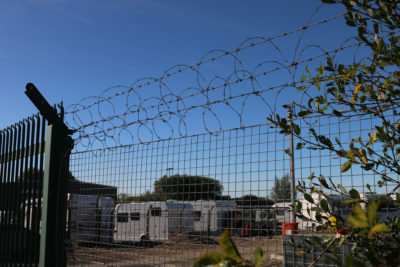
If storing your caravan at home, If storing your caravan at home try to park it nose first to make it difficult to tow away. You might want to add extra security, such as a drivepost, locked gates, security lighting and CCTV. For an extra layer of security, you could fit a ground anchor with a heavy-duty chain around your caravan axle behind the wheel or A-frame and through the ground anchor.
Finally store your caravan in a sheltered area, checking for overhanging branches, aerials etc – things that could potentially blow into the caravan in strong winds. Check our guide for protecting your caravan in high winds.
2. Remove stuff: Start inside the caravan by removing any loose and high-value items, such as TVs and electronic games. These can be stored at home until they’re needed again. Also, remove batteries from any remote controls to prevent damage from leaks.
Whilst you’re removing items from the caravan, take out clothing, bedding, cushions, towels and toilet roll, as mice and rats will look for somewhere to keep warm in the colder months.
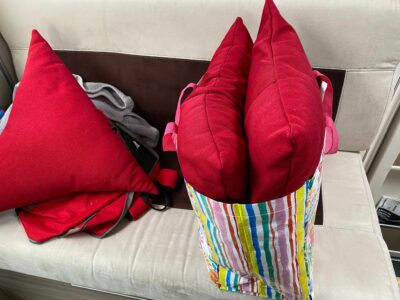
Also, remove any personal documents such as your caravan insurance documents and handbooks, and clear out any unwanted leaflets you might have picked up on your travels. Take home any personal journals or images that you wouldn’t want to get damaged by damp, or worse still, stolen.
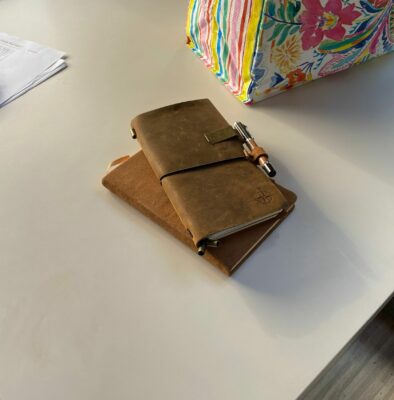
Remove any food items to avoid attracting vermin into your caravan and empty and clean the fridge, leaving the fridge door slightly ajar.
Empty and clean out all the cupboards of food, getting rid of any crumbs.
3. Caravan housekeeping: More housekeeping is needed when laying up your caravan in winter.
Give the hob, oven and grill a clean as well as the inside of kitchen lockers.
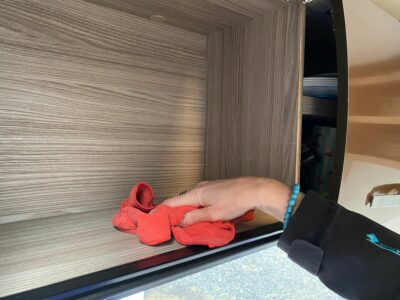
Clean the washroom thoroughly, including the toilet cassette, and wipe down walls with a dry cloth. Leave the toilet cassette open and lubricate the seal with a silicon-based spray.
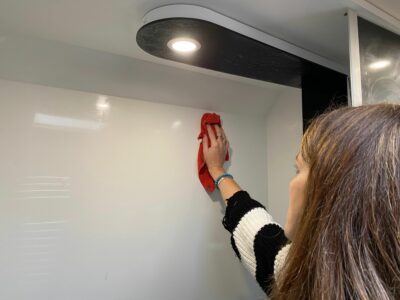
Finish the cleaning by vacuuming the floor and upholstery and if the carpets can be lifted, mop the floor too.
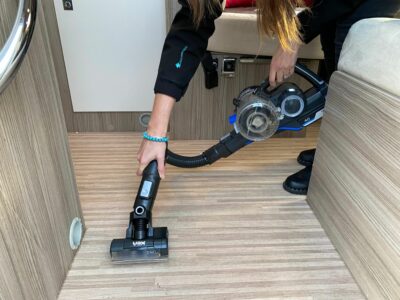
Open all the cupboards and lockers to allow airflow and in areas where air does not circulate, leave moisture traps to reduce the risk of mould.
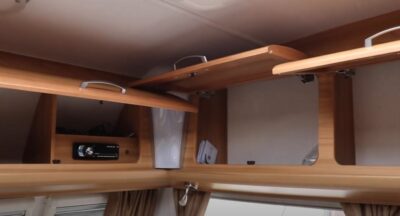
Finally, pull furniture away from the sides of the caravan and if you have a fixed bed, stand the mattress up on its side to improve air circulation.
If you have somewhere dry to store your soft furnishings then take them out.
Leaving blinds, curtains and cupboards open will show any potential thief that there’s nothing worth breaking in for. Don’t forget to make sure skylights are closed too.
4. Clean the outside of your caravan thoroughly before putting it into winter storage, including all the sides, roof and windows. Also consider using an over-wintering cleaning solution to help protect the caravan paintwork during winter.
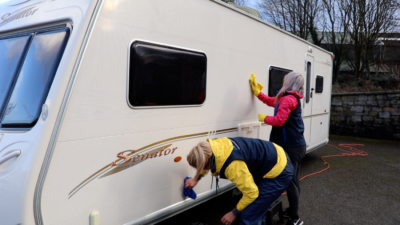
If you have a solar panel fitted make sure it’s clean and free of debris or a build-up of dirt.
Clean the windows and spray a silicon spray on all window rubber surrounds and locker seals. Fit winter covers to the fridge vents to prevent moisture from getting into the back of the fridge.
A top tip is to have the caravan tilted either slightly nose down or nose up to encourage water run-off from the roof.
To prevent your caravan’s brakes from seizing, you can chock the wheels, leave the corner steadies down and disengage the handbrake. Whilst chocking the wheels, check the tyre pressures and also consider using a wheel cover to prevent damage from UV light.
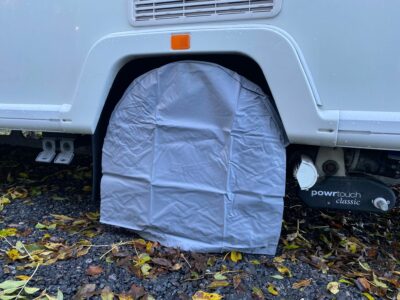
5. Gas cylinders: Gas cylinders are best removed and stored in a ventilated and cool place.
Close the gas shut-off valve on the regulator and disconnect the gas bottle, making sure you replace the dust cover on the bottle.
6. Drain down: All water systems, including the toilet, must be drained down from November 1st to March 15th for Caravan Guard policyholders to prevent frost damage to your pipework. You could use also use a device such as Floe, with an air compressor to blow out every last drop of water. Don’t forget to drain the toilet flush tank too. Run the toilet pump until completely dry.
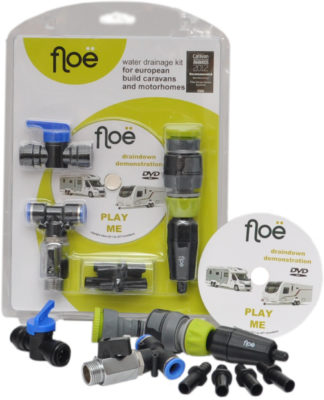
Leave the drain tap and all other taps open and remove the shower head, leaving the shower pipe on the shower tray.
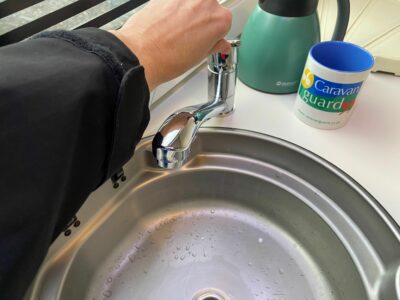
Plug any sinks or basins to reduce the risk of bad smells entering the caravan and any water containers should be cleaned and left open to allow airflow.
7. Keep charged! Make sure the battery on any alarm or tracking device you have fitted to your tourer remains charged. Some tracking devices will alert you if a power failure has occurred but by then it could be too late!
Keep your leisure battery charged with a solar panel or use an intelligent charger to keep it healthy over winter.
If you store your caravan at home, plug it in to occasionally charge the battery and even put the heating on. Don’t be tempted to constantly charge the battery as this can cause more harm than good.
8. Fit essential security devices. There are locks and devices inside and outside the caravan that can be used to secure your pride and joy and deter any potential thefts. For example, fit window locks inside and outside the caravan, make sure the hitch lock and axle wheel locks or wheel clamps are fitted correctly. Add extra security like corner steady locks.
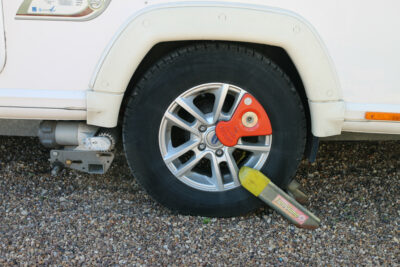
You could also replace the wheels with winter wheels, which help protect the tyres from any UV and pressure damage, but also act as a security measure as the wheels have to be removed.
Activate any alarm and tracker that is installed on the caravan, A proactive tracking device can come in really handy during storage as it will alert you of a disturbance or movement even if you’re not close to your caravan should thieves strike. Just make sure any tracking device subscription is kept up to date.
Some of these devices will help to reduce your caravan insurance premium, as well as to protect your caravan from theft.
9. Cover it up! Investing in a cover for your caravan is one of the easiest ways to keep it in tip-top condition when in winter storage.
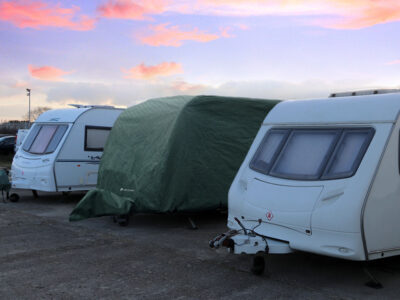
They can help to shield caravans from the effects of strong winds, heavy rain and light hail as well as protecting your pride and joy from debris, tree sap and bird lime and potentially avoiding a claim for damage. A caravan cover will also hide the make and model of your caravan from potential thieves.
10. Lock up and plan: Finally, lock up your caravan, check when your caravan insurance and caravan service are due and then you can start to plan your touring adventures for the year ahead!
But do make sure you periodically check up on your caravan to check the level of charge in the leisure battery and for any signs of vermin or water ingress.
Move the caravan forward or back by six inches to even the pressure on the tyres and check the tyre pressures are okay.
Over to you
If you have any other tips on protecting your caravan when in winter storage we’d love to hear them. Simply post your suggestions in the comments box below.


We use the orange bottles summer and winter and these are for the winter months
But wanna state that this is invaluable
Thanks for taking your time to write this.
Put the gas heating on for an hour or so? Surely burning gas creates moisture in the air which will make the situation worse.
And, putting table salt on concrete paths and driveways will cause the cement to break down and the concrete collapse?
I’m no expert so perhaps someone can explain it better..
Ps. Too many take-aways are not good for you either!
We have used a caravan cover this year for the 1st time and I have to say it will be the last. Yes it has kept the caravan clean on the outside but the inside is another matter. We keep the caravan in storage so only call in a few times over the winter months. We called a Christmas and all was fine, but two weeks ago we were shocked to find mould growing in the bathroom on the walls, the shower cubicle and in the cupboards. Luckily it cleaned off quick easily but had we left it any longer I really don’t know what state it would have been in and we did have dehumidifiers in the caravan. On checking the internet we found that this seems to be quite a common problem with one person having such bad mould in the caravan it was now un-useable as they can’t clean it off. We think with all the rain this winter the cover has remained wet and stopped the caravan from getting any ventilation. So we won’t use it again, I would rather have to clean the outside than risking the inside being destroyed by mould.
We had the same problem when using a caravan cover. Mould on the doors which we could wipe off. But the mould around the window ledge at the front has permantly stained. Not using this cover again even though it suppose to be breathable.
Thanks for your comments Lesley. May be speak to the manufacturer to see what advice they can offer.
When I put my caravan away for the winter because I cannot store at home but on a stowage site I put inside the van about 5-6 Chinese take away trays of cheap cooking salt, I also leave the gas bottle connected so when I go & check on the van every month or so I stay for a hour & switch the gas heating on then at the same time I change the salt, I keep the old salt & use it on the pavements & paths at home so no wastage.
Great tip Mike!
I have just got back from winterizing my caravan at a secure location. Most important thing for me this time was the tyres. Had to pay £80 for a new one this month, as the two year old tyre had rotted at the bottom because it had been stood over winter in one spot. Have been advised to either use second hand wheel/tyres for over winter standing (impossible to find now.) or use axel stands to lift the wheels off the ground. Hopefully the latter will work. Please pass on the importance of this as I towed 1000 miles from the South of France without noticing the appalling condition of just one part of the tyre.
Hi Carl, we suggested this as a precautionary measure. Like you say, the most important thing is to ensure cylinders as kept as cool and ventilated as possible, wherever you chose to store them.
Thanks for your tips David, I’m sure others will find them very useful. It’s always worth keeping the caravan’s external surfaces clean. Such a shame about the discount! It will be available right through to December so if you have any further problems with the replacement, perhaps try Pro-Tec.
Thanks again!
Lucie
I am now on my fourth cover which is so very important protecting my van. Wash/Wax/cut foam pipe central heating insulating (B and Q ) place on skirt as extra protection where buckles touch the skirt( stops abrasion ) Collect van in April and no need for a wash as the van is perfectly clean and no dampness. Did not know about 10% so lost out with by ordering another brand which regrettably does not fit although tailor made for Elddis Affinity 540! Now waiting replacement and all of the trouble to remove and replace .
Your advise about removing gas bottles seems to be a bit over the top. What place could possibly be cooler and more ventilated than the caravan’s gas locker. I have never removed gas bottles and have never experienced any trouble with them. By all means disconnect the gas regulator hoses and make sure that the bottle valves are tight but physically removing the bottles is, in my opinion, unnecessary.
Propane is usually the preferred gas and will stand much lower temperatures. Propane has a lower boiling point than butane so it will continue to convert from a liquid to a gas even in very cold conditions, down to -45ºC. When stored as a liquid in a tank, it exerts a greater pressure than Butane at the same temperature. So Propane, as an LPG, is most suitable for exterior storage and use.
Thanks for your comment John